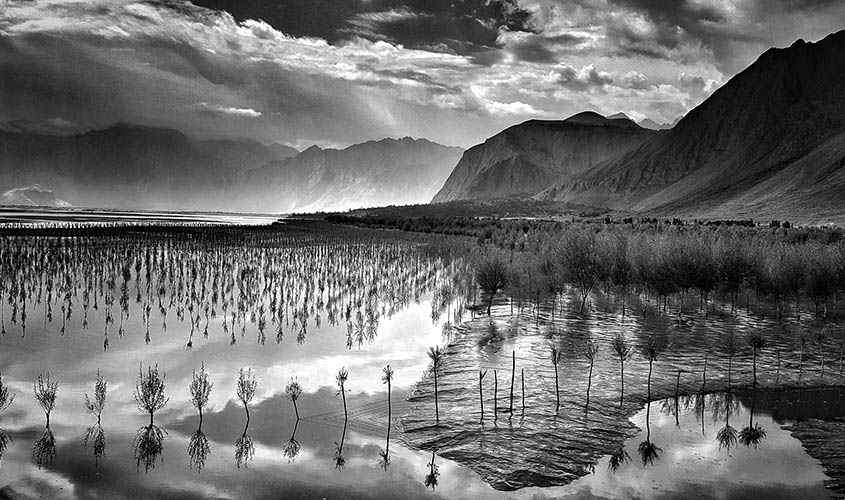After his debut show in 2016 titled the Writer’s Eye, renowned author and historian William Dalrymple is returning to the lens in another exhibition of black-and-white photographs, chronicling people and places, and the inter-relationships among them, in the Historian’s Eye. The exhibition will be on view from 12 October till 31 October at Vadehra gallery, New Delhi.
Born in Scotland in 1965, Dalrymple is a Scottish historian, art historian and a prominent broadcaster and critic. He was educated at Ampleforth and Trinity College, Cambridge, where he was first history exhibitioner then senior history scholar. A fellow of the Royal Society of Literature, his works include books like From the Holy Mountain: a Journey among the Christians of the Middle East; Nine Lives: in Search of the Sacred in Modern India and The Last Mughal. He is a regular contributor to the New Yorker, the Guardian, the TLS, and the New York Review of Books, and is the India correspondent of the New Statesman.

The Historian’s Eye presents a photographic record of William Dalrymple’s travels across the country over the last two years while researching his latest book titled The Anarchy, published by Bloomsbury in September 2019. It features a unique set of images of the places where art and history were being made in the eighteenth and nineteenth centuries and includes a small selection of photographs from modern-day Pakistan.
William Dalrymple is well-known for his writing, but photography was his first love, the artistic outlet of his youth. The purchase of a Samsung Edge camera phone in recent years led to his re-discovery of the medium. Dalrymple’s approach to photography — facilitated here by the mobility and immediacy of a camera phone — is intuitive and instinctive, while his aesthetic reflects the sensibility of polished, economical prose, resulting in stark, high-contrast images pared down to their essence.
Photographs are intrinsically bound to place and time, but Dalrymple’s images create a wrinkle in time that highlight an intermingling of the monumental past and fleeting present. Each photograph reveals a narrative tension within itself, between stillness and movement, history and reality. A boy skips down the passage, a cyclist turns at the gate, a hawk circles the dome and three generations of a Kalash family come together in a single frame: the past by turn is present, unveiled, subverted and transformed in the contemporary moment through the historian’s lens.

